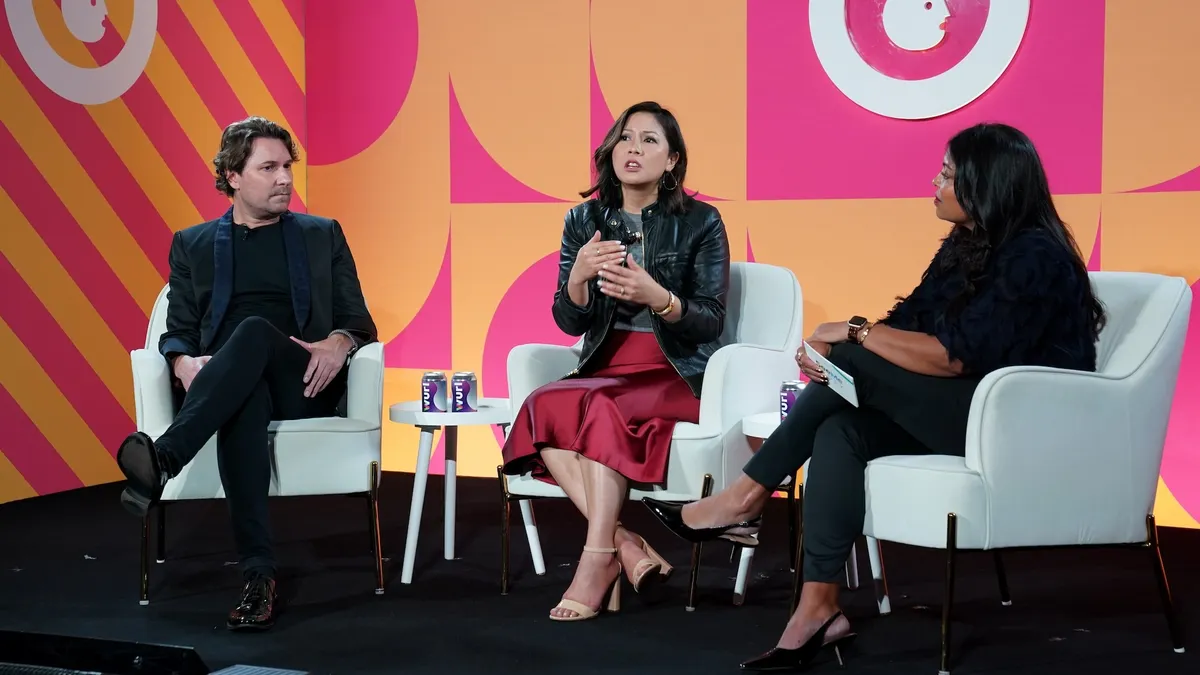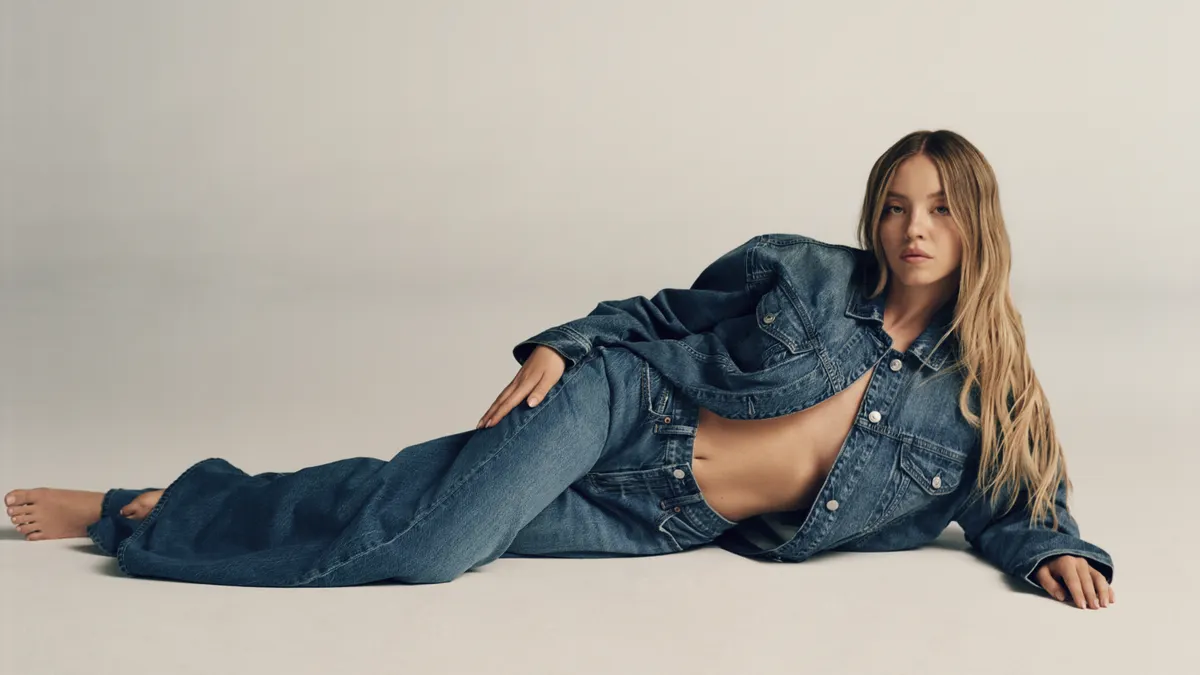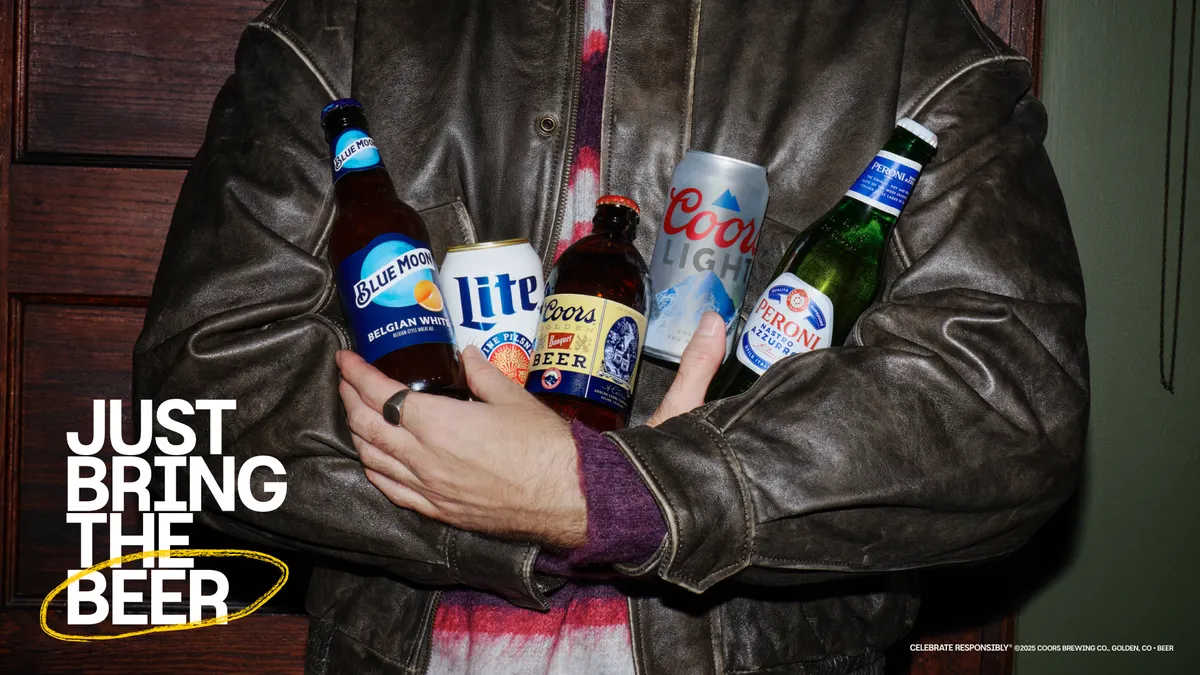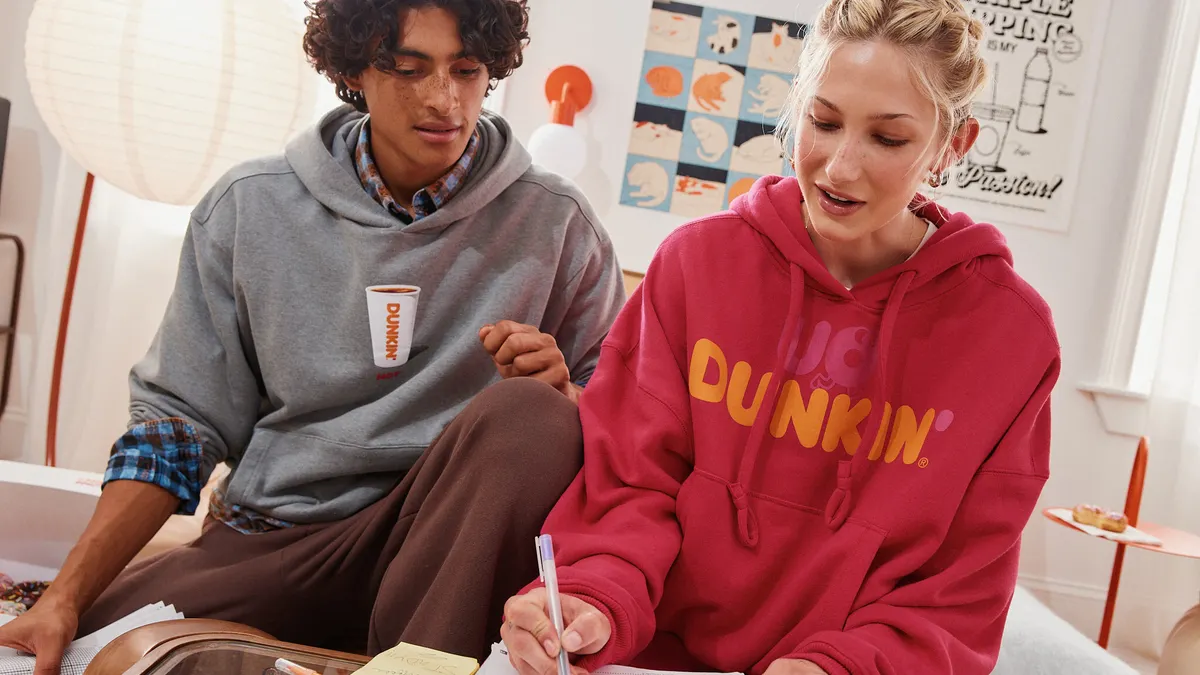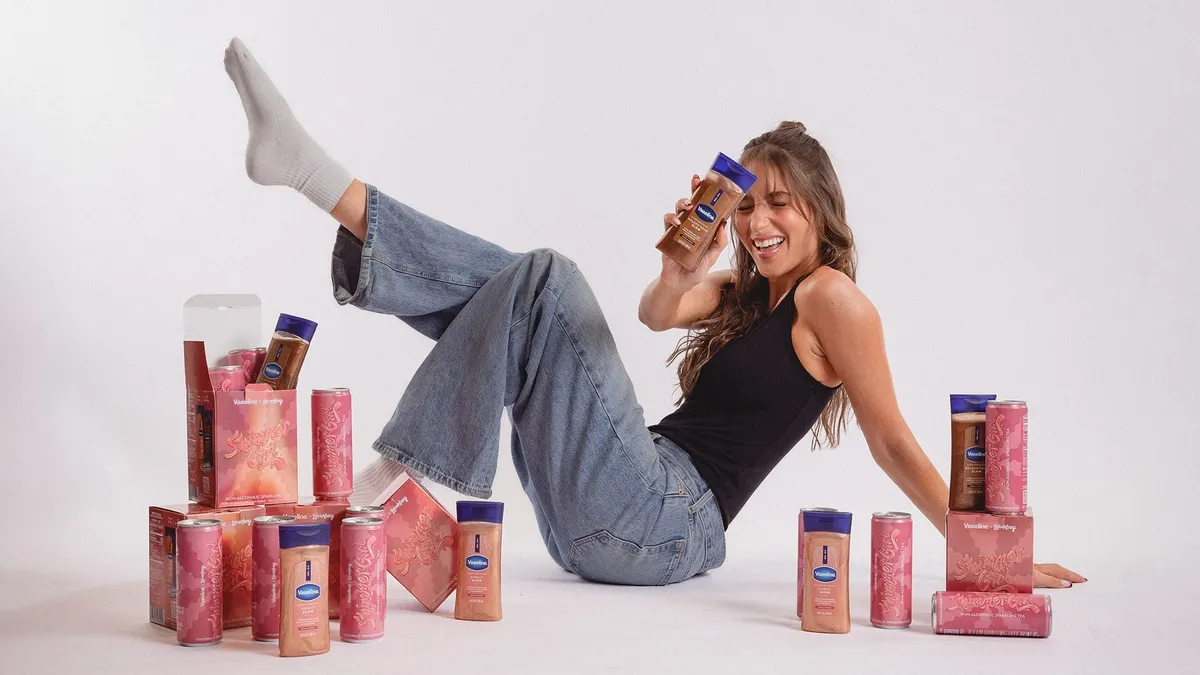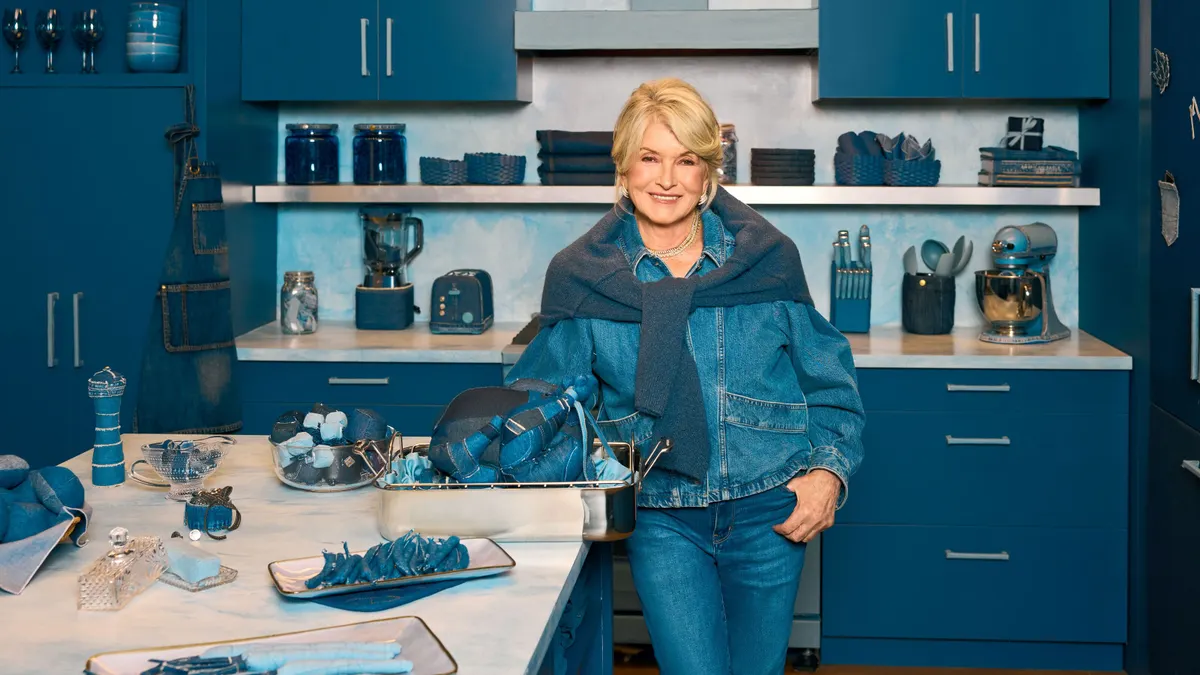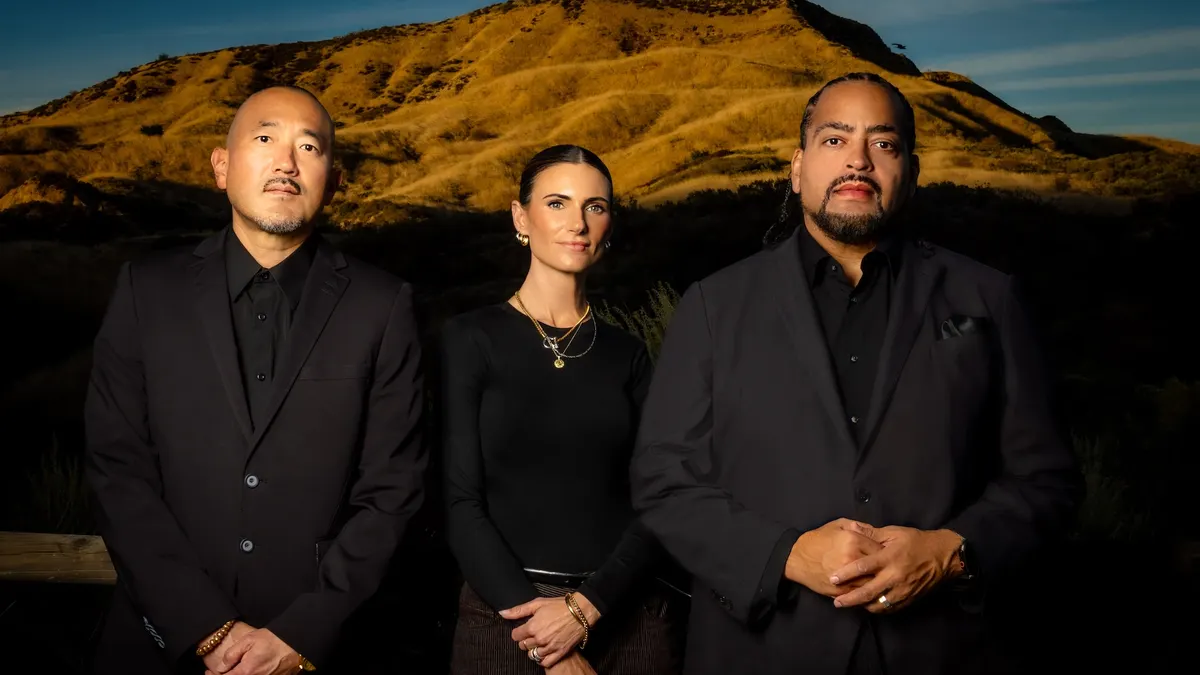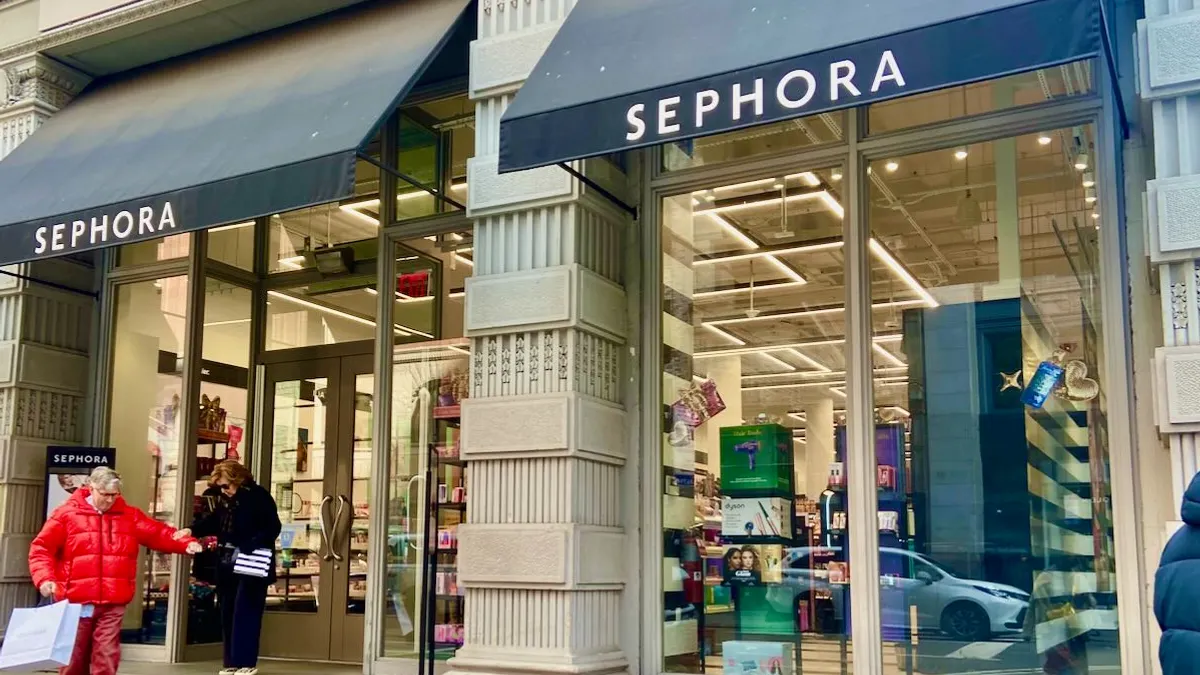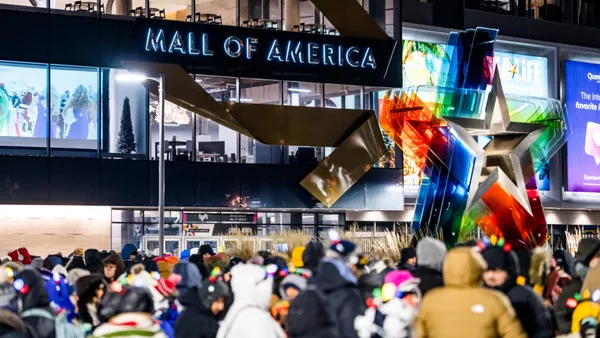NEW YORK — The global beauty industry continues to expand, with expectations to generate over $677 billion in revenue in 2025. Despite the category’s maturity, it still has a long way to go to properly reflect the diverse consumer base it serves.
Inclusive beauty isn’t just the right thing to do, but also a good decision for business, executives asserted during an Advertising Week New York panel on Wednesday. The discussion, which featured Laurie Lam, chief brand officer at E.l.f. Beauty, and Diederik Koenders, vice president of consumer engagement at MAC Cosmetics, addressed how the two brands have built inclusive strategies, the impact those initiatives have on bottom lines and how others can follow suit.
“Diversity, inclusivity fosters different thoughts, and when you have different thoughts, you’re bringing better ideas to the table,” Lam said. “This is not just table stakes anymore, this is something that should be a guiding star for all of our brands out there.”
The discussion, titled “How Inclusivity Drives Sales and a Sense of Belonging in Beauty,” was led by Asha Shivaji, CEO and co-founder of SeeMe Index, a company that leverages artificial intelligence to measure and benchmark brands’ inclusivity efforts. Both MAC and E.l.f. recently received the Certified Inclusive Brand distinction in the 2025 SeeMe Inclusivity Index for Beauty.
The keys to an inclusive strategy
Diversity can drive value, with brands marked Certified Inclusive by SeeMe Index growing 2.7 times faster than their less inclusive counterparts, said Shivaji. A focus on diversity also helps ensure that consumers feel recognized, which is particularly important in beauty, where there has historically been a lack of offerings that consider a variety of skin tones. Brands looking to become more inclusive should start by keying into the communities they serve, executives said.
“Oftentimes people don’t know where to start, and they feel like taking a United Colors of Benetton approach and putting everyone in the ad and catering to everyone,” Shivaji said. “It’s so important to think about who you want to show up for, and then make a consistent, long-term connection with that audience and that group.”
It takes two key traits to support an inclusive marketing strategy, Lam said. First is the conviction to know the numbers and facts that support such values — the fastest-growing consumer markets are diverse audiences — and second is the courage to go after those initiatives, even as the landscape is increasingly politicized.
“You’ve got to have the courage to go after it with a boldness and an audacity to be able to speak up when others are trying to silence you,” Lam said.
A similar sentiment was shared by Koenders. The exec explained that it takes bravery for the marketer to remain consistent in its values across the 130 markets it serves.
“Yes, our brand is different. Our language is different in a market in China, as it is the Middle East, as it is the U.S. The values, however, are consistent across the board,” Koenders said.
Developing a circle of trust
Inclusion should also be a whole-team effort, according to Koenders. Specifically, the executive noted that diversity, equity and inclusion teams should not exist. Instead, every person that works for the brand, regardless of where they sit in the organization, should be responsible for supporting DEI.
“There is no DEI department [at E.l.f.], and a lot of people are shocked to hear that, but I think that shows we’re doing something right, because the onus is on every single employee to own that,” Lam stated.
Executives also emphasized that not every initiative needs to be consumer-facing. Koenders estimates that while around 90% of MAC’s community efforts never see the light of day for consumers, that doesn’t make them any less valuable. When efforts do reach consumers, Koenders welcomes feedback, viewing it as a step in the right direction.
“When we miss the mark, and we all have our moments, you don’t get it right, fine, and I think getting the feedback from the community, from our consumers, from our artists, which is candid, which is honest and not always great to hear, but to me that basically says we have a circle of trust where we care about the same things,” Koenders said.
Laying the foundation
For E.l.f., diversity has consistently been ingrained in its marketing strategy. In July, CEO Tarang Amin asserted, “Inclusivity is not optional. It’s fundamental, and our entire business is based on that.” Behind the brand’s strategy is a simple principle, according to Lam, which is that its efforts must be in lockstep with its ethos.
“When you have that, and your ethos is part of what you do and it’s driving your DNA of the brand, it actually makes it really easy to say, ‘I’m not doing something out of inclusivity, I’m doing it to ensure that it actually reflects our audience and it reflects the community,’” Lam said.
Inclusive marketing also starts from within. E.l.f. boasts of having one of the more diverse boards among the 4,000 publicly listed companies in the U.S., with a board composition that is 67% women and 44% diverse members.
“It is no coincidence that we’re also one of the fastest companies right now in terms of growing, that actually have had 26 consecutive quarters of market share gains,” Lam said. “To change the vehicle means that not only do you have to look at your employees, but you also have to recognize that inclusivity is actually good for business.”
MAC has embraced similar values to E.l.f. with a mission to serve all ages, races and genders that stretches back to its infancy. The brand began out of a need to create makeup shades suitable for a wide range of models, Koenders said. Its focus on diversity hasn’t wavered, with the brand in 1994 establishing a Viva Glam lipstick with proceeds supporting communities impacted by the HIV/AIDS epidemic. Viva Glam Fund today supports a wide range of causes and has raised $550 million over its lifespan.
In September, MAC launched “I Only Wear MAC,” a campaign that underscores its commitment to diversity by showcasing a range of products and diverse cast, from rapper Doja Cat to celebrity matriarch Kris Jenner.
“It embodies exactly what was true 41 years ago with the credo of all ages, all races, all genders. You see exactly that live through in a campaign that speaks to our face category, where now we are talking about 78 shades,” Koenders said.
Executives closed the panel by offering advice for brands who may not know where to start, again emphasizing the importance of keeping a pulse on community, both internally and externally. The marketers also stressed that it’s never too late to start down the inclusivity path.
“Start with your community, start with who your audience is and really understand what is important to them,” Lam said. “Any day is day one where you say, ‘I’m going to do something that is going to either serve up to the mission or the vision of our company.’”


